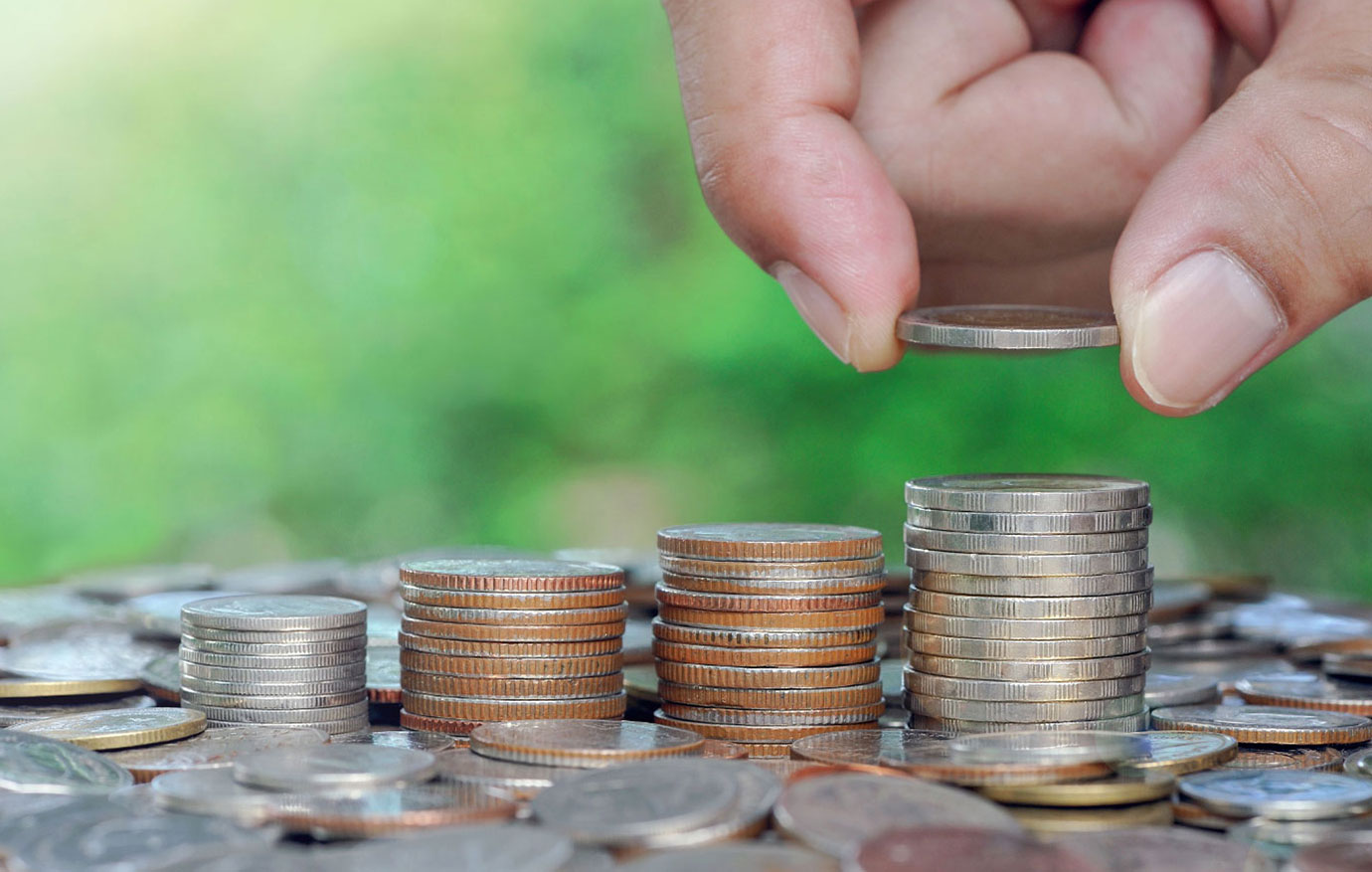The country’s outstanding foreign debt rose by 7.4% as of June from the previous quarter after the government borrowed to beef up its war chest against the coronavirus pandemic, according to the Philippine central bank.
The debt remained at prudent levels, it added.
The external debt stock hit $87.45 billion as of end-June, which was 4.6% higher than the end-December 2019 level of $83.618 billion, the Bangko Sentral ng Pilipinas said in a statement on Friday.
It traced the quarterly increase maitly to National Government foreign borrowing worth $2.4 billion last quarter. External debt refers to all types of borrowings by residents from nonresidents.
“Key external debt indicators remained at prudent levels,” BSP Governor Benjamin E. Diokno said.
The debt service ratio, which relates principal interest payments to exports of goods and receipts from services and primary income and measures the adequacy of foreign exchange earnings to meet due obligations, rose to 7.8% in the first half from 7.7% a year ago.
“The debt service ratio has consistently remained at single-digit levels,” the central bank said.
As a share of gross domestic product (GDP), the total external debt stock climbed to 23.7% from 21.4% in the first quarter as the economy shrank by 16.5% last quarter while foreign debt increased.
The debt stock of the private rose by 0.55% to $36.5 billion, causing its share of the total debt stock to decline to 41.7% from 44.6%.
“At this point, the government is the one entity, economic actor if you will, relied upon by the economy to prop up economic activity and support economic recovery,” Ruben Carlo O. Asuncion, chief economist at the UnionBank of the Philippines, Inc., said in a Viber message.
“It is hard for me to imagine a private-sector-led economic recovery, especially in this unprecedented health and economic crisis. The government should lead the way,” he added. — Beatrice M. Laforga
